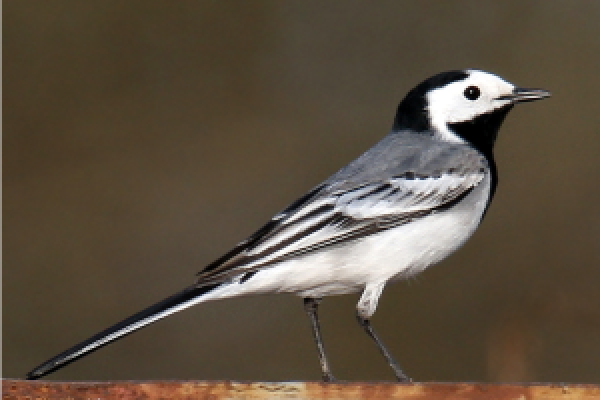
Learn Survival Latvia
Wikitravel users have collectively created a free Latvian phrasebook with the goal of making it possible for travelers to "get by" while traveling in areas where Latvian is spoken.
Wikitravel phrasebooks are available in many languages and each one varies in depth and detail. Most of the phrasebooks include a pronunciation guide, a general phrase list, information about dates and numbers, a color list, transportation-related phrases, vocabulary for shopping and phrases for eating and drinking. Some are even more in depth, and all are free!
From Website
Latvian is the official language in the Republic of Latvia, spoken natively by approximately 60% of the residents of Latvia, approximately 1,250,000 people. Worldwide it is estimated to be spoken by 1,504,880 people, a 2009 estimate from Ethnologue. It is an Indo-European language that shares its own Baltic language group with Lithuanian, New Curonian, Old Prussian, and Semigallian. The Baltic languages show closest relationship with the Slavic languages, and are commonly reconstructed to have passed through common Proto-Balto-Slavic stage, during which numerous Common Balto-Slavic lexical, phonological, morphological and accentological isoglosses developed. It is a relatively new language, its first written accounts date to 1530 A.D.
The Latvian alphabet is based on the Latin alphabet and uses 33 letters: Aa, Āā, Bb, Cc, Čč, Dd, Ee, Ēē, Ff, Gg, Ģģ, Hh, Ii, Īī, Jj, Kk, Ķķ, Ll, Ļļ, Mm, Nn, Ņņ, Oo, Pp, Rr, Ss, Šš, Tt, Uu, Ūū, Vv, Zz, Žž.
Latvian (latviešu valoda) is the official state language of Latvia. It is also sometimes referred to as Lettish. There are about 1.4 million native Latvian speakers in Latvia and about 150,000 abroad. The Latvian language has a relatively large number of non-native speakers, atypical for a small language. Because of language policy in Latvia about 1.9 million or 79% of Latvian population speak Latvian. The use of the Latvian language in various areas of social life in Latvia is increasing.
Latvian is a Baltic language and is most closely related to Lithuanian, although the two are not mutually intelligible.
Latvian first appeared in Western print in the mid-16th century with the reproduction of the Lord's Prayer in Latvian in Sebastian Münster's Cosmographia Universalis, in Roman script.
The Latvian language has the following linguistic heritage: Indo-European Languages > Balto-Slavic Languages > Eastern Baltic Languages > Latvian